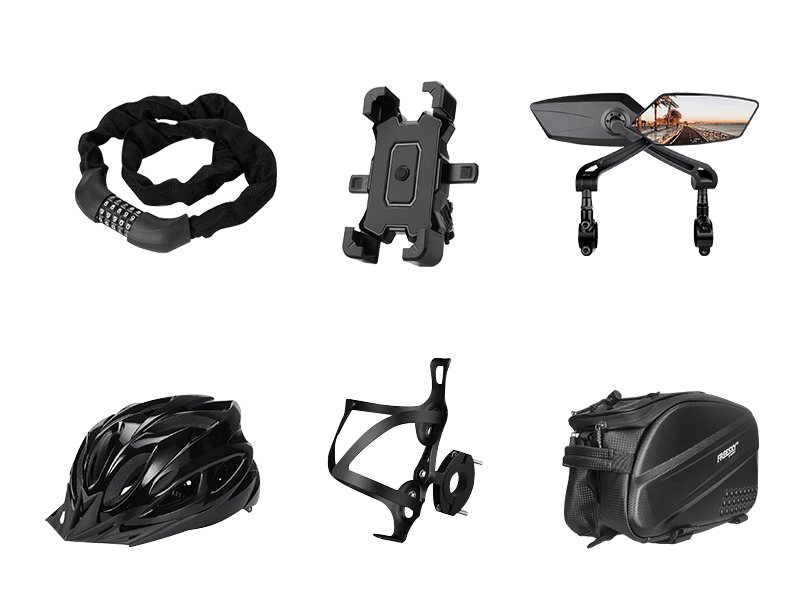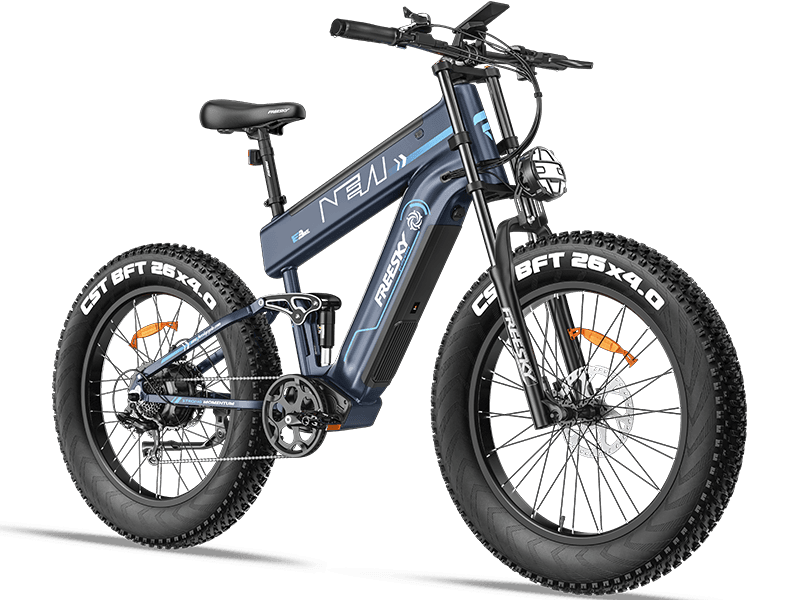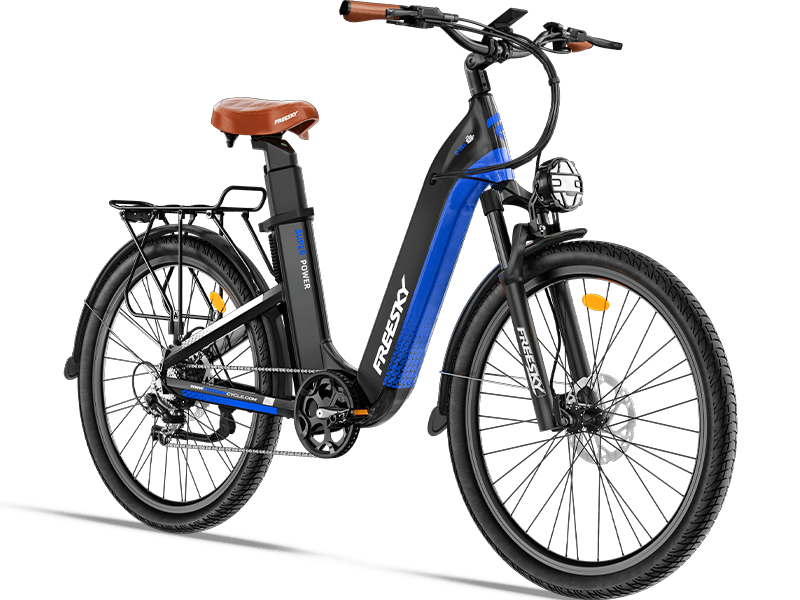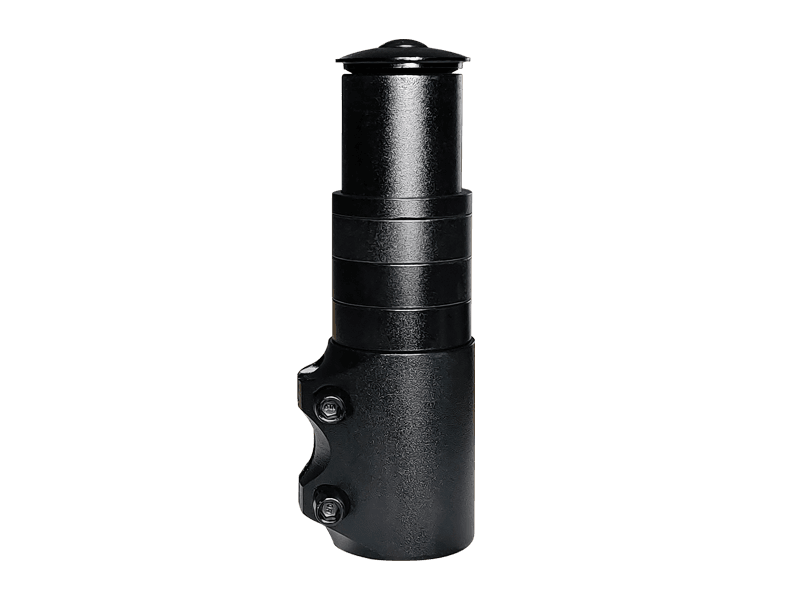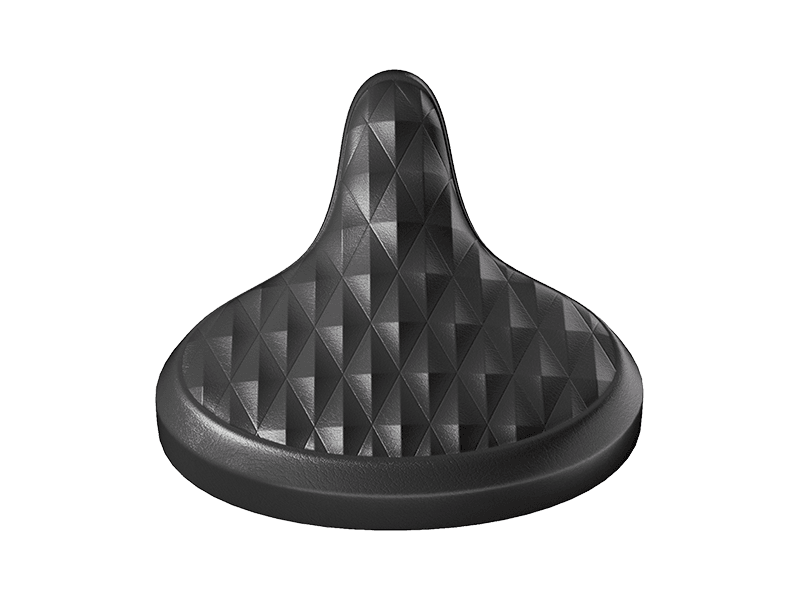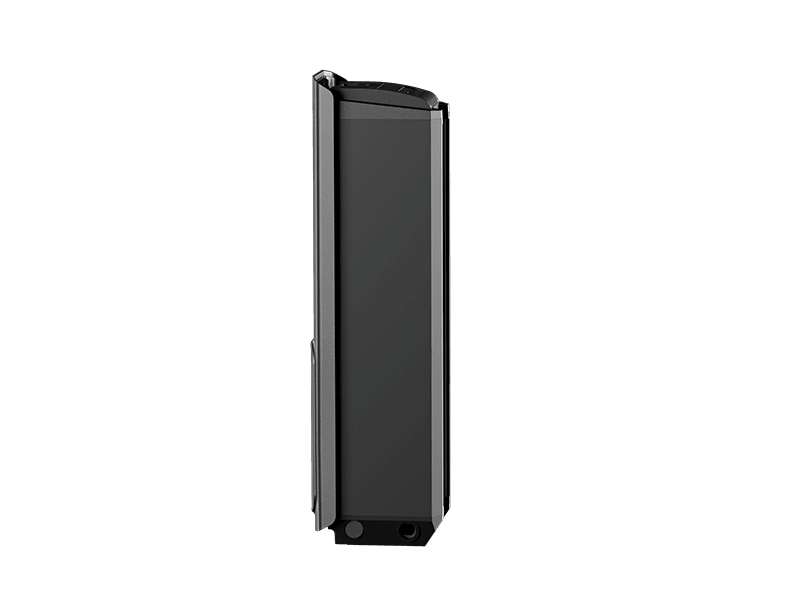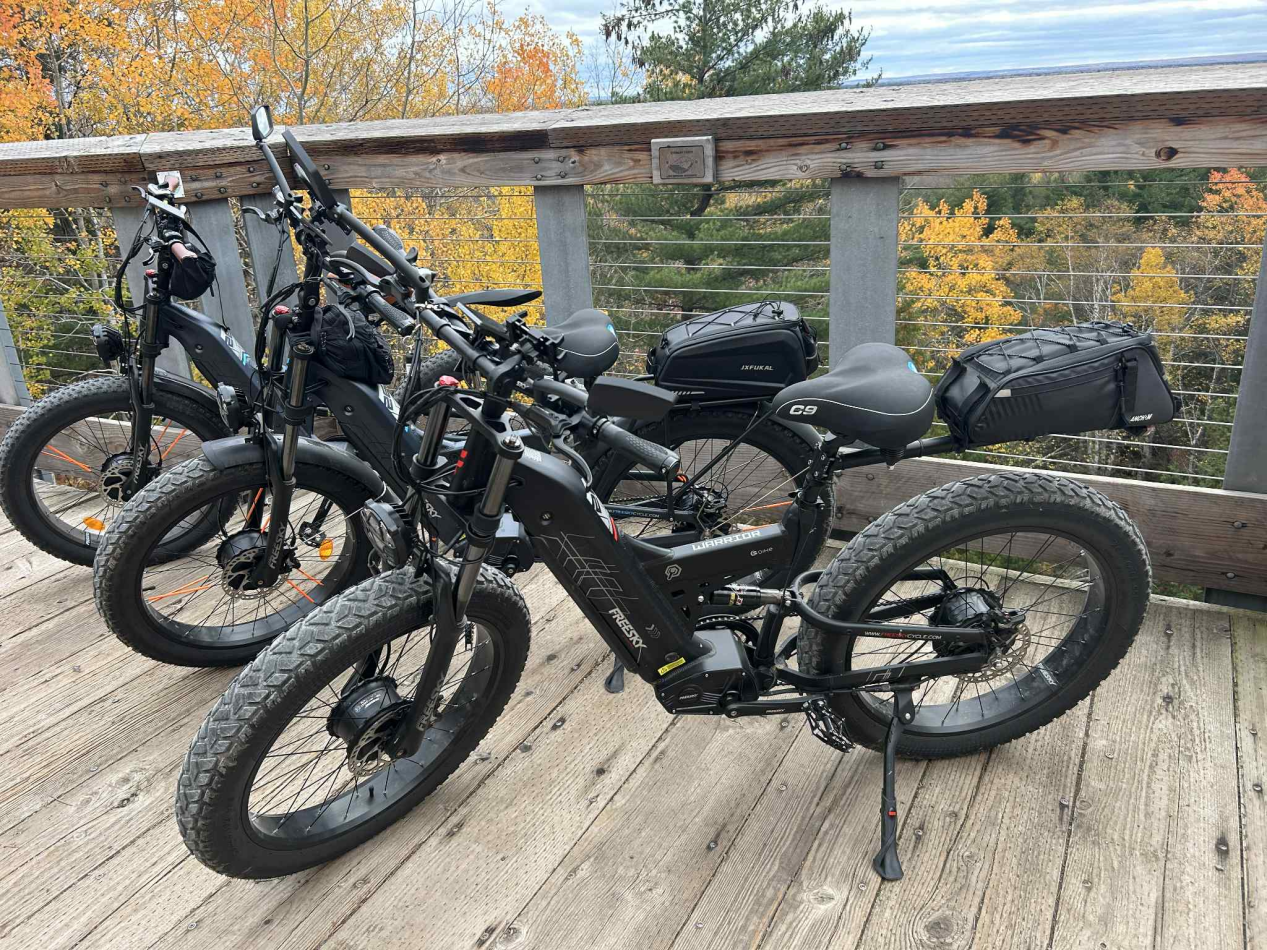14 Essential Tips for Buying an Electric Mountain Bike
JUL 04, 2025
Buying your first electric mountain bike (e-MTB) can feel like a daunting task. With a vast array of brands, models, and prices on offer, it’s easy to feel overwhelmed. How much should you realistically spend to get a reliable e-MTB capable of handling diverse trails? Should you opt for a carbon or alloy frame? Is longer suspension travel really better? And what exactly are “mullet” wheels?
Then there’s the motor and battery system to consider. Bosch, Shimano, TQ, Fazua, Yamaha — which is best suited to your needs? Do you want maximum power for tackling steep climbs, or a quieter, more subtle motor for easy countryside rides? How big should the battery be? Running out of charge mid-ride is every rider’s nightmare, so getting the right balance of assistance and battery capacity is key.
Over the years, we’ve tested a wide range of e-MTBs, learning what works well on varied terrain and what doesn’t. To help you make an informed choice, here are the 14 most important factors to consider when buying your first electric mountain bike.
1. Set Your Budget Realistically
In the UK market, entry-level hardtails and basic full suspension e-MTBs start from around £3,500 to £4,000. These bikes are ideal for casual rides on towpaths, forest trails, and bridleways. However, if you’re planning to ride more technical singletrack in places like the Lake District or Scottish Highlands, it’s worth considering bikes in the £6,000 to £9,000 range.
Buying online often saves money but requires some mechanical skills for assembly. Alternatively, local bike shops provide expert setup and test rides, which can be invaluable.
2.Choose Suspension Based on Riding Style
Suspension travel greatly affects ride comfort and handling. We recommend full suspension e-MTBs for UK trails, as rear suspension cushions impacts better than hardtails, especially with the added motor and battery weight.
Common suspension categories:
- XC/Trail: Up to 140mm travel, suited for smoother paths and moderate terrain
- All Mountain: 140-160mm, versatile for most UK trails
- Enduro: 160-180mm, for aggressive downhill and technical descents
- Downhill (DH): 180mm+, dedicated race or bike park use
For most riders tackling UK’s mixed terrain, a travel range of 150-160mm is ideal — combining control, comfort, and agility.
3. Full-Powered or Lightweight e-MTB?
Full-powered e-MTBs come with motors delivering 75-108Nm torque and batteries up to 900Wh. They provide strong assistance for climbing steep hills and are heavier (21-26kg). Great if you carry extra weight or want to cover more ground with less effort.
Lightweight e-MTBs offer subtler support (35-60Nm torque) and smaller batteries (320-430Wh), making them 4-6kg lighter and more nimble. They require fitter riders who want a more natural pedalling feel but have less range at high assistance.
Heavier riders (over 90kg) should opt for full-powered models with bigger batteries for reliable performance on UK’s varied terrain.
4.Motor Matters — But It’s More Than Just Power
The motor is one of the most important components of any electric mountain bike. While it’s tempting to focus solely on power figures, such as torque and peak wattage, there’s far more to motor performance than just raw output.
Most quality e-MTBs come with mid-drive motors from reputable brands like Bosch, Shimano, Yamaha, Brose (used by Specialized), or TQ. These motors typically offer between 60Nm to 90Nm of torque, which is more than enough for steep climbs, technical terrain, and longer trail rides. For example, the Bosch Performance Line CX delivers a smooth and powerful riding experience with up to 85Nm of torque, and Shimano’s EP801 is similarly robust while offering refined control on varied terrain.
A notable addition to this segment is Bafang, a motor manufacturer that has gained popularity among both OEM brands and custom builders. The Bafang M620 (also known as the Ultra motor) is a full-powered mid-drive unit offering up to 160Nm of torque, making it one of the most powerful e-MTB motors available. This makes it a strong choice for heavier riders, steep hill climbing, or hauling cargo. However, the higher torque comes with additional weight and a more aggressive power delivery, which may not suit all riding styles.
For UK riders, Bafang motors are an increasingly common sight, especially among direct-to-consumer brands offering strong value for money. They're also well supported by a growing network of UK-based service partners and spare parts distributors — an important consideration for long-term ownership.
Beyond power, factors like pedal assist sensitivity, software tuning, and riding feel play a significant role in the overall trail experience. Brands like Bosch and Shimano invest heavily in motor firmware development, offering adaptive modes that respond intuitively to your pedalling force. This results in more natural assistance and better control on technical sections.
Battery compatibility is also tied directly to the motor. For example, Shimano motors require specific Shimano battery units, and Bafang motors are typically paired with high-capacity 720Wh or 840Wh batteries, often with options for removable or semi-integrated designs.
5.Battery Size — Bigger Isn’t Always Better
Battery capacity is measured in watt-hours (Wh). More Wh means longer range but also adds weight and bulk.
Examples for UK models:
- Lightweight: 320-430Wh (e.g., Specialized Levo SL)
- Mid-range: 630Wh (e.g., Merida eOne-Sixty)
- High capacity: up to 900Wh (e.g., Canyon Spectral:ON)
Bigger batteries add weight high on the frame, possibly affecting handling. Smaller batteries make the bike more agile but may limit range, especially at high assist settings.
6.Consider Range Based on UK Terrain
Range depends on assist level, rider weight, trail technicality, and elevation gain. UK trails often feature steep climbs and unpredictable terrain, so expect to use mid to high assistance settings, which consume more battery.
Aim to ride with a steady cadence and avoid sudden acceleration to maximise range. Heavier tyres and aggressive tread will increase drag and reduce range but offer better grip on slippery British trails.
7.Weight — Important But Not Everything
E-MTBs weigh roughly 6-8kg more than regular mountain bikes due to motor and battery.
Weight affects transport, carrying the bike, and manoeuvrability. Heavier bikes offer better stability at speed, which can boost rider confidence on technical descents.
Lightweight e-MTBs excel in agility and climbing but may sacrifice some downhill stability.
8.Get the Right Frame Size and Geometry
Correct sizing is essential. UK riders should consult size charts on brand websites and consider their riding style.
Longer travel bikes for descending generally have slacker head angles (63-65°) and longer wheelbases, offering stability on fast trails.
Shorter travel bikes for all-round riding feature steeper head angles (66-68°) and tighter geometry for nimble handling.
9.Wheel Size — Full 29er or Mullet?
Full 29-inch wheels provide smooth rollover and traction, especially on rough UK trails and longer rides.
Mullet setups (29-inch front, 27.5-inch rear) offer more agile handling and better clearance on steep descents, popular for technical singletrack.
Many UK riders prefer mullet for the fun and responsiveness it delivers on twisty trails.
10.Alloy or Carbon Frame
Carbon frames are lighter and stiffer but come at a premium price. Alloy frames are tougher, cheaper, and often preferred for rougher British trail riding where scratches and knocks are common.
Lightweight e-MTBs are mostly carbon due to weight priorities.
11.Components — Don’t Overlook Tyres, Brakes, and Drivetrain
Tyres with thicker casings and aggressive tread are essential for UK conditions, protecting against punctures on rocky or rooty paths.
High-quality brakes with large rotors (180mm or 203mm) ensure reliable stopping power on long descents.
Drivetrains like Shimano Linkglide or SRAM Transmission offer durability and smooth shifting under motor torque.
12.Buying Online vs. Local Shop
Online shopping often means better prices but requires assembly skills.
Local UK bike shops provide expert setup, test rides, and after-sales support, which many riders find invaluable.
Some online brands provide detailed setup guides and support; consider your mechanical confidence before deciding.
13.Adjustability and Upgrade Potential
Look for frames that allow suspension travel upgrades, geometry adjustments (flip chips), and aftermarket component compatibility.
This flexibility helps extend your e-MTB’s lifespan and adapts it as your riding skills progress.
14.Research Reviews and Owner Feedback
Consult UK-specific e-MTB reviews and forums to understand real-world performance.
Look for issues like reliability, servicing costs, and component wear relevant to UK trails and weather.
Choosing the right electric mountain bike in the UK is a balance of budget, terrain, riding style, and personal preference. Whether you prioritise lightweight agility or full-powered muscle, understanding these 14 tips will guide you towards the perfect ride.
At Freesky UK, we’re committed to providing premium e-MTBs designed to conquer British trails with confidence and style. Explore our range and experience the freedom of electric mountain biking today.




